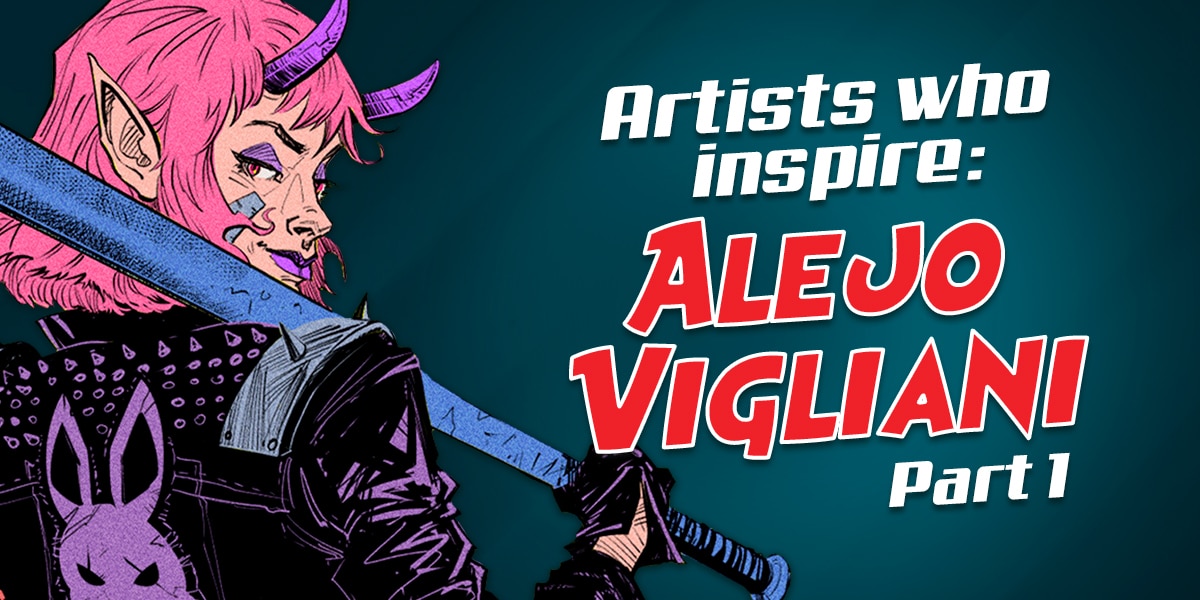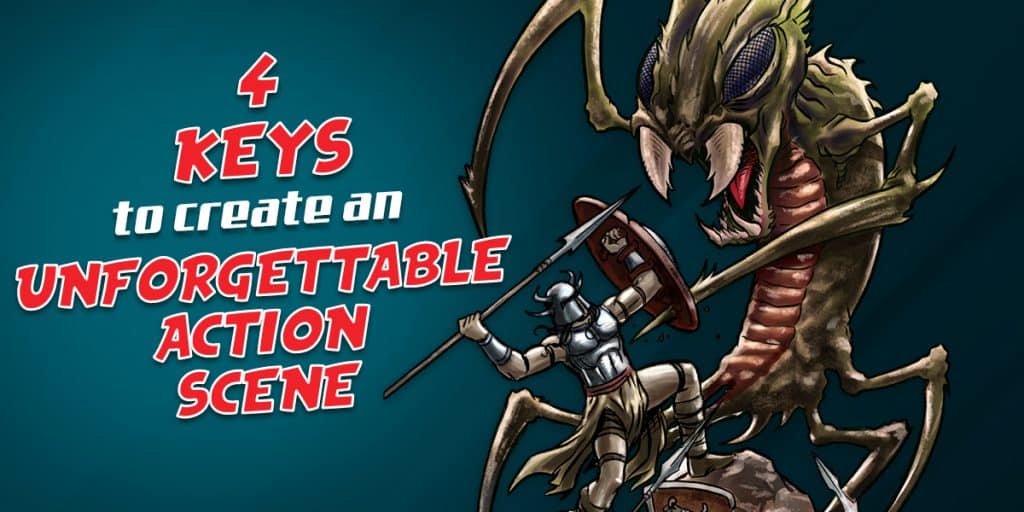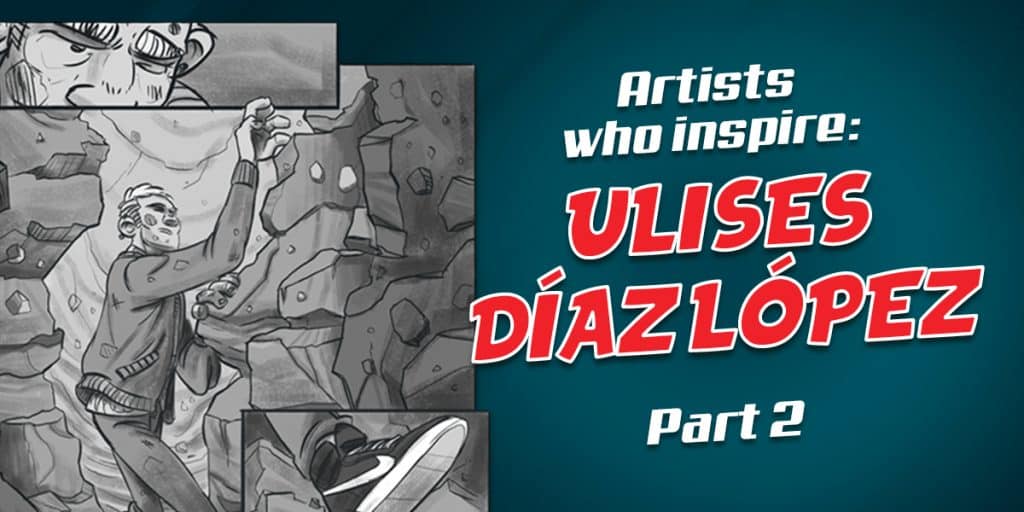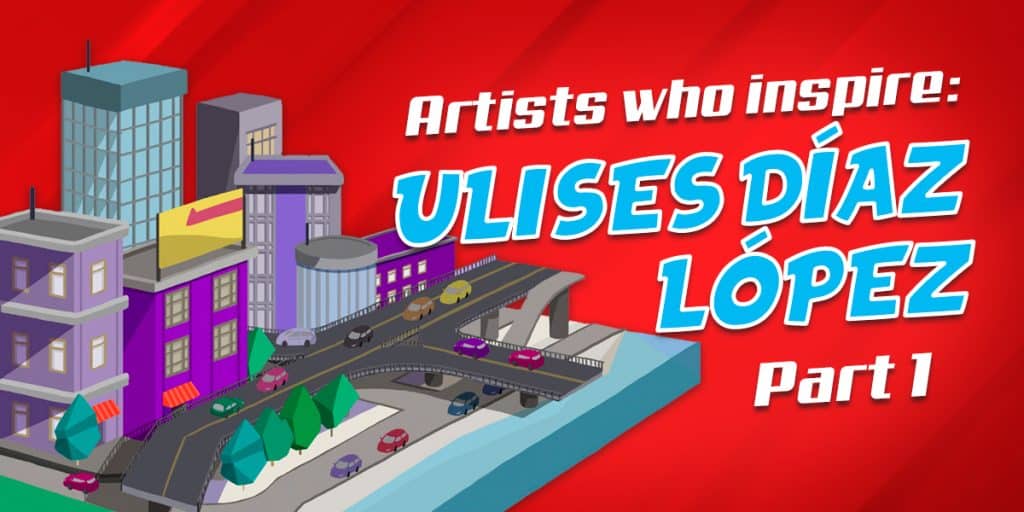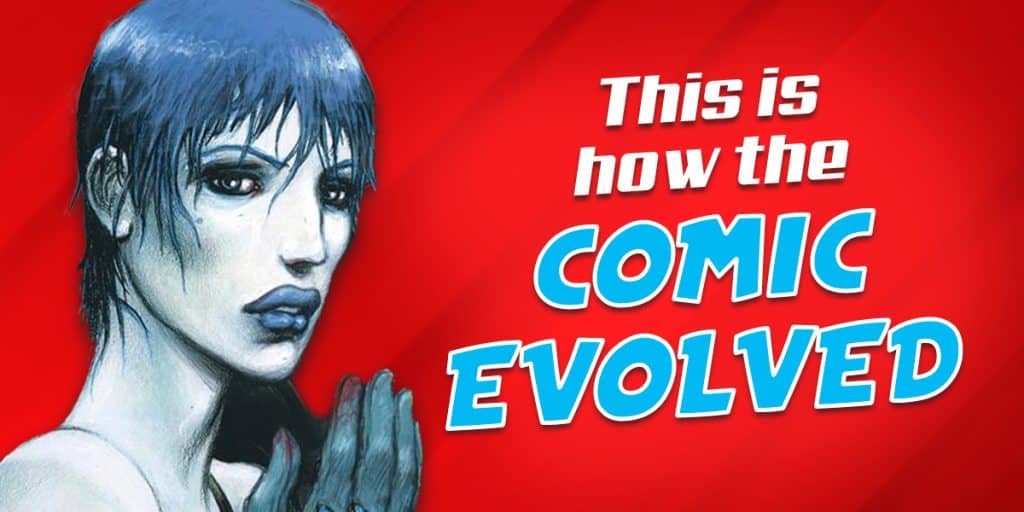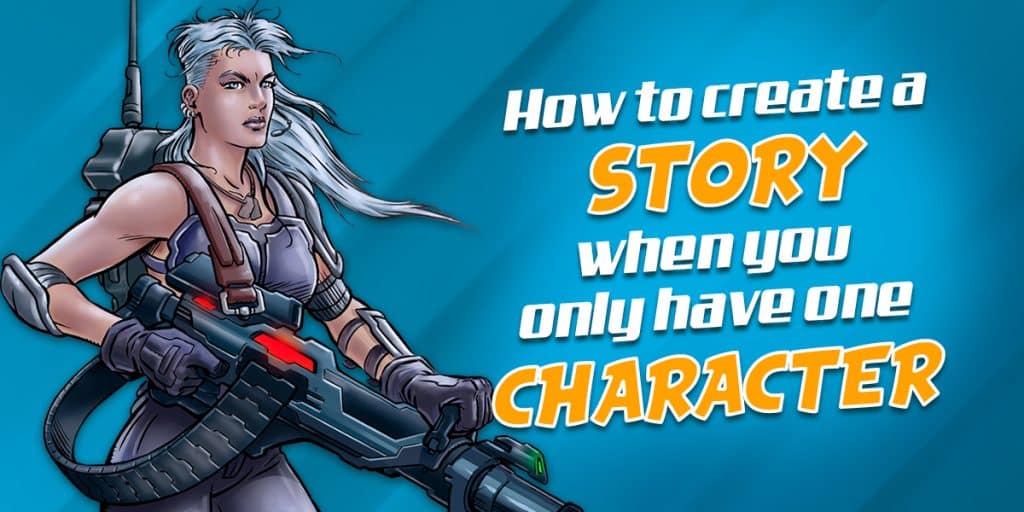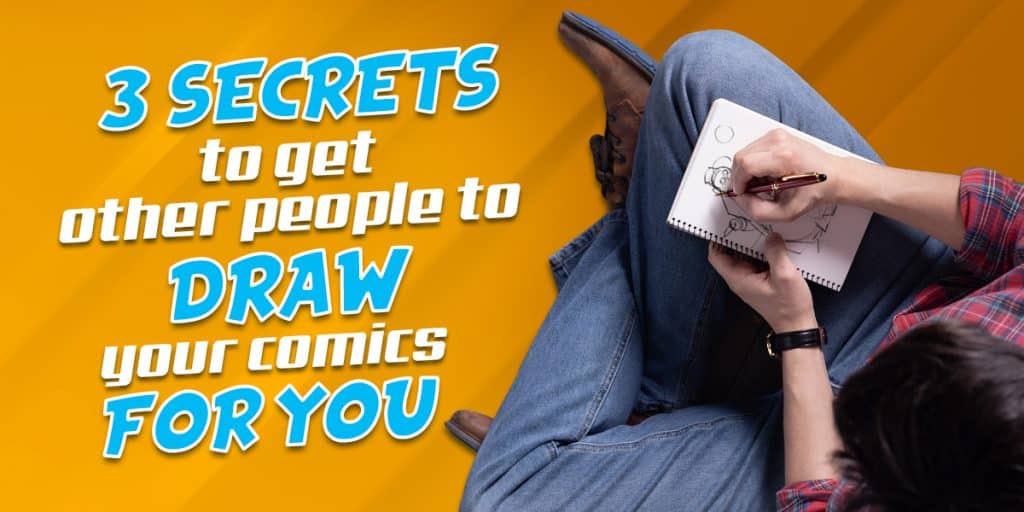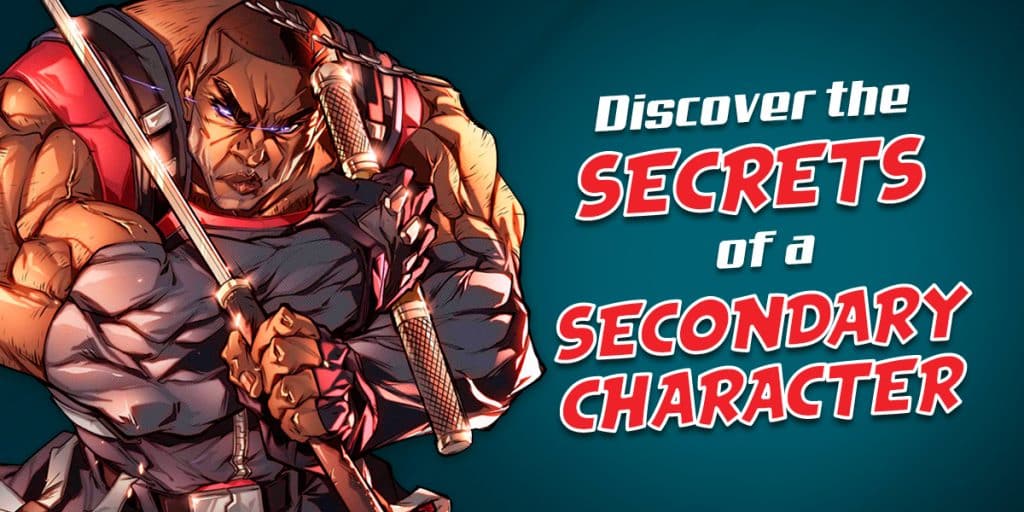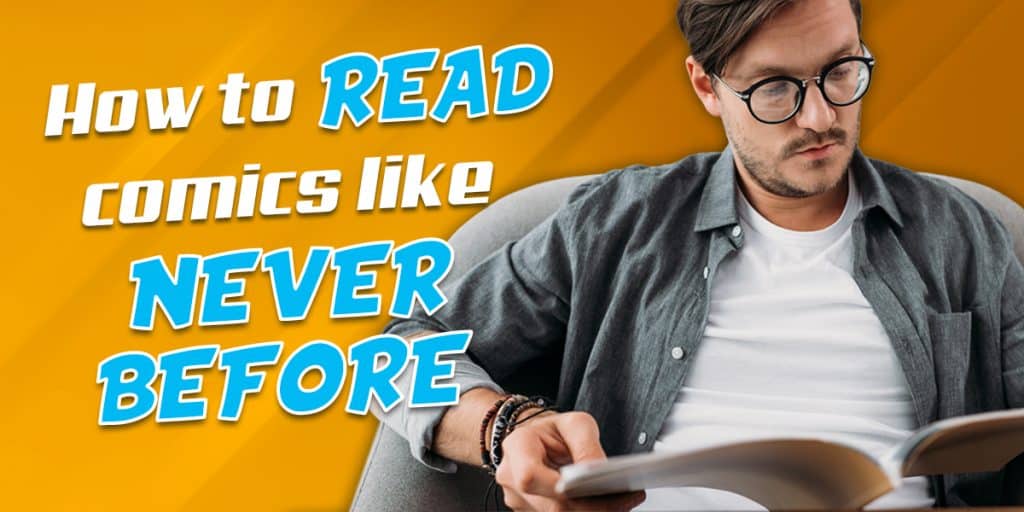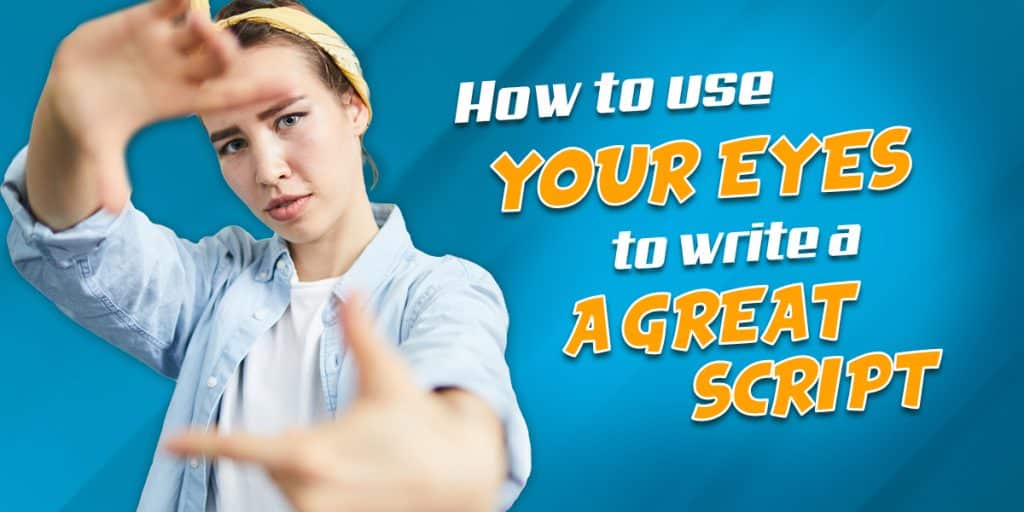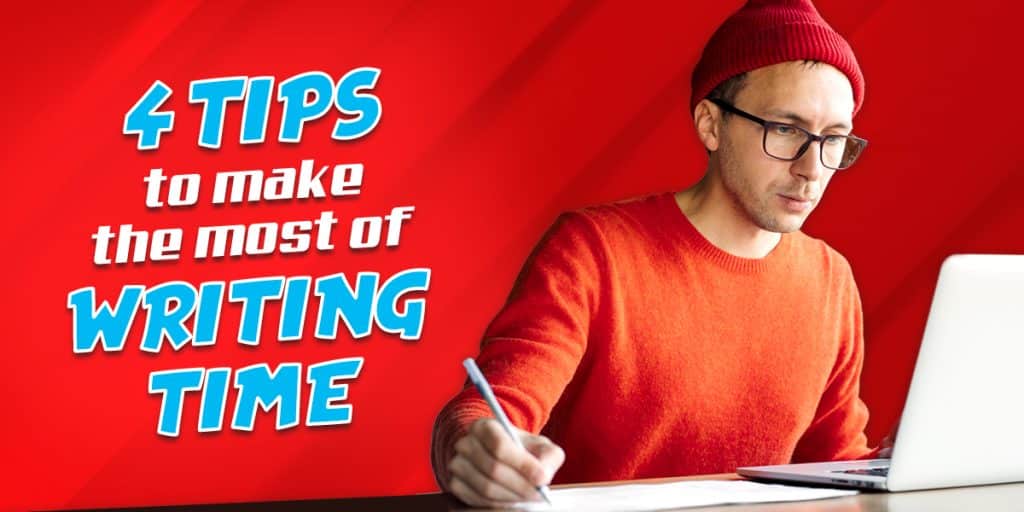In this article, we are proud to interview, as always, artists that inspire: Alejo Vigliani part 1. He is a great artist of drawing, besides exerting great influence on him.
He will tell us, about his beginnings in the world of drawing, and of course, he will leave us phenomenal tips, so that, day by day, we can be better artists.
He will also give us information about the tools he uses, and he will show us the great importance of research before making a drawing, so read on!
Artists who inspire: Alejo Vigliani, Part 1. He is a successful young Argentinean artist, who delights us with his art around the world.

Welcome back to our exclusive interviews!
Today, we will discover the fantastic creative universe of one of the most amazing cartoonists of the new generation: Alejo Vigliani (@alecvigliani).
He is 27 years old, and is a successful Argentine artist, who has worked for different graphic media.
During the interview, Vigliani will tell stories of his beginnings and reveal secrets about his work as a cartoonist. He will also give us tips to master the drawing of everything we want to do.
Influential artists, ALEJO VIGLIANI Part One.
How did you become a cartoonist?
When I was in school I was already drawing a lot, but I started to want to do more than drawing. At that time, I was copying, and I started to copy better and better.
Unfortunately, it wasn’t enough, I got bored just doing that. So, when I was very young, in elementary school, I started to invent characters, and to make comics without really knowing what they were. I started to become aware of that when I grew up.
When I was 14 or 15, I met Cristian, who was my teacher. My parents took me to a workshop he gave near my house.
That’s when I began to understand the language of comics!
I could understand that I liked that area because I liked to tell stories and design characters.
When I was younger I used to write scripts without structure, I think that’s when I started doing comics, in that stage of pre-adolescence or adolescence.
Do you remember any of those scripts from your adolescence?
I remember one that was the longest I did, I wrote it as I was drawing it, there was nothing planned.

Games as a source of inspiration
At that time, I was playing the demo of a game, which was a strategy game, like an Age of Empires, but with futuristic soldiers.
It fascinated me, so I started copying the character designs and giving them personalities. I managed to put together a kind of strange universe that had no beginning and no end. I made 11 pages of that comic.
It was very disorganized, in my head, there was a worldbuilding, which I never proposed in the comic.
When you read it, you don’t understand anything, you see that things happen, that the characters talk about things from the past, but you never find out what happened, it’s a bit chaotic.
What is the work of a cartoonist like?
It depends on what he has to face. Sometimes you have to deal with a character design, or even simple things to solve, such as simple human figures, for example.
And other times, you have to make a background with many elements around, that can interact with the characters. There, you have to incorporate more knowledge of perspective, architecture, vehicles, etc. It’s difficult depending on what you have to do.
Working tools: An important factor when it comes to drawing.
What working tools do you use to compose your illustrations?
I use two media: Traditional and digital. In the traditional, I really like to use pencils, graphite and India ink. However, in terms of paper, I use one that withstands the humidity of the ink, such as Bristol satin. This is ideal for the ink to run well, so that the strokes flow well.
I use any kind of India ink and Pentel brush pen.

In the digital medium, I use a graphic monitor and the Clip Studio Paint program. This allows me to closely replicate what I do with ink and pencils.
The creative process is of vital importance
Would you like to describe your creative process for making a comic?
First, I try to have with me a technical script that explains and describes clearly what is the composition and structure that I have to respect in the image. As well as the shots I have to use and where the dialogues are going to be arranged. Then I move on to the drawing.
If I have to make a character design, I do it before. Then I start sketching the pages and the stamps. These last ones, I pass them in clean, in a size proportional to the final page.
After I have several revisions, and it is approved, I continue in pencil, and make the final ink. Finally, I add a few small details, along with the lettering.
How much does the final product change from the previous script?
That depends, if you write the script yourself, you have all the freedom to make the changes you want. Although that’s a bit complicated, because you can never finish making corrections, and it becomes very time consuming.
When you work with a scriptwriter, you have to negotiate a little bit, depending on how you get along with that person.
If you share ideas, and there is good working chemistry, you can generate things in common, new things, or discard others.
Otherwise, you have to do what they ask you to do, and if you don’t agree, reach a common point, and try to solve it. Sometimes it’s not that easy.

How important is research when it comes to drawing?
Documentation is very important, especially if it’s a historical comic. It is fundamental, because the reader, who consumes this kind of comics, is a great connoisseur of the subject.
You have to respect that, to accurately communicate an era, a series of issues that are important for the story itself, that’s why it is catalogued in that genre, the historical comic.
As in the movies, when there is a costume error in a historical character, the public notices it immediately.
Always with a certain limit, we don’t have all the information at our disposal. For example, a sword, you confuse it with another one from a few centuries later, since the same design was still used, with some variations.
You can’t control these things as you would like, because we are not historians.
It is a matter of arriving as best as possible at a historical accuracy with the information we have available.

Conclusion part one
As you could see, during the interview, Alejo Vigliani, tells us how important research is in the drawing process, so as not to miss any historical detail, as, for example, in the case of the swords, which he mentions above.
He tells us how the previous script can change with respect to the finished product and gives us the necessary tools, beyond a path to follow if we want to be successful as artists. If you missed something, feel free to go back to the beginning of the post.
So much for this first part of the interview. Keep reading the second part, and discover the tips Vigliani uses to draw the human figure to perfection, and any other element you want!

